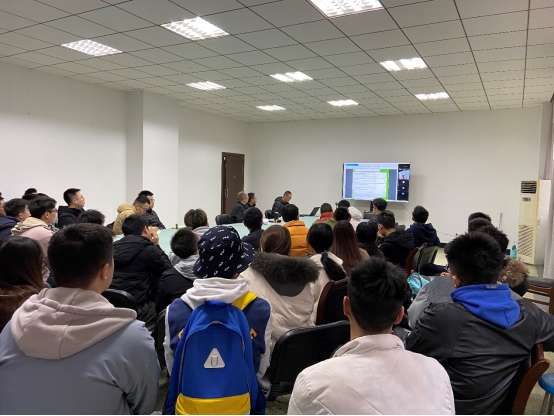On the afternoon of November 27th, Dr. Zhihong Man, a professor of robotics and mechatronics at Swinburne University of Technology, Australia, was invited to give an online academic lecture to the School of Control Engineering.
Professor Man Zhihong's lecture has two main themes: "The Basics of Sliding Mode Control" and "Steer-by-Wire Control Algorithm Wire Systems and App". He introduced the development history, basic principles, applications and research hotspots of synovial film control, as well as its application and prospect in automotive steering control systems.
Although this lecture was held online due to the impact of the epidemic, the atmosphere of the venue was relaxed and enthusiastic. Professor Man's scientific attitude of seeking truth and pragmatism, and the rigorous and pragmatic style of scholarship made the teachers and students present deeply infected. The teachers and students present actively asked questions, actively interacted, and had a long and lively discussion with Professor Man Zhihong. The content of the lecture broadened the international vision of the teachers and the students of our school, and laid the foundation for further in-depth cooperation in related fields in the future.

Lecture scene
Speaker introduction:
Man Zhihong is a professor and doctoral supervisor of robotics and mechatronics at Swinburne University of Technology, Australia. He has successively served as the guest editor of many international SCI research journals such as Information Sciencesand Neural Computing and Applications, the chairman of the technical committee of the 44th IEEE Industrial Electronics Annual Conference, and the chairman of the 8th IEEE International Conference on Industrial Electronics and Applications. He is one of the founders of terminal synovial control theory and application. For many years, he has been devoted to the research of industrial robot control system, intelligent automobile steering-by-wire control system, pattern recognition based on neural network, and fault diagnosis and prediction of aircraft engine and electromechanical system. He has published more than 250 academic papers in many internationally renowned research journals and conferences, and his research results have been cited more than 9,900 times.
